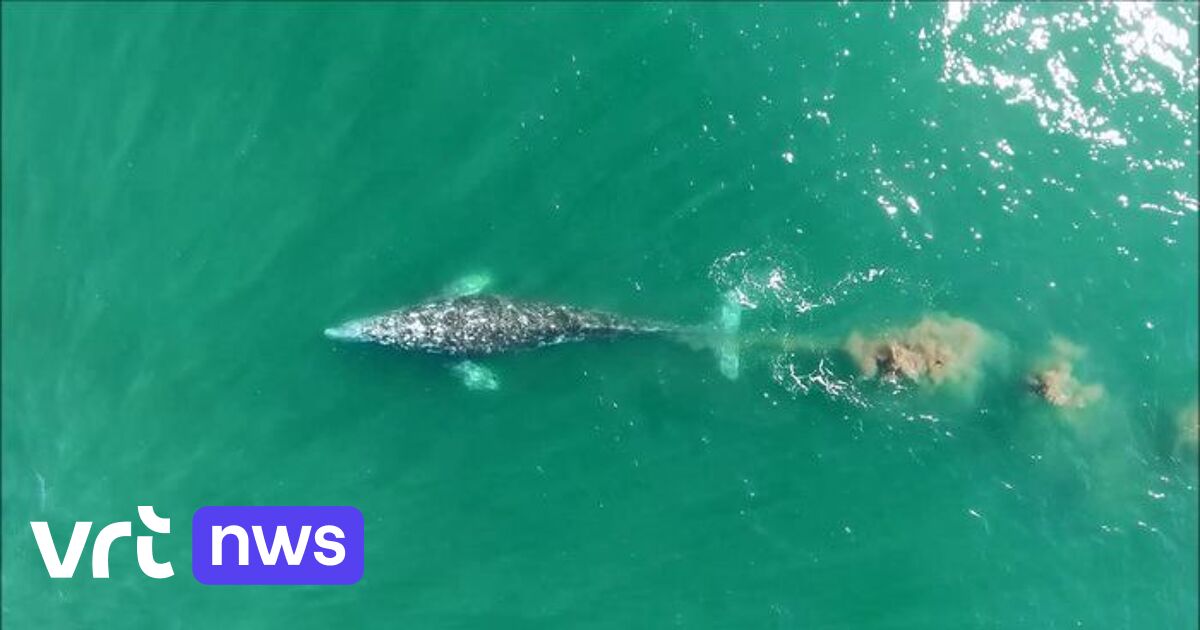As for the whales’ role as nutrient recyclers, the researchers calculated that before whaling losses, whale populations produced an astonishing amount of feces containing 12,000 tons of iron each year, 10 times the amount whales currently recycle in the Southern Ocean. .
Those calculations indicate that back then there were a lot more whales feeding on krill and there must have been a lot more krill to eat.
Savoca said the decline in krill populations after so many of their largest predators disappeared is known to scientists as the “krill paradox.” The decline in krill populations is most pronounced in areas where whales are heavily hunted, such as in the Scotia Sea between the Southern Ocean and the Atlantic Ocean southeast of South America.
“That decline doesn’t make sense until you consider that whales serve as mobile ‘krill processing plants,'” Savoca said. “These are animals the size of a Boeing 737, eating and defecating far from land in a system that is very limited in the presence of iron in many places. These whales seeded productivity in the open Southern Ocean and once they were gone, there was little left for this fertilizer to recycle.”
The problem is that a lot of krill that goes uneaten sinks to the bottom when it dies. There, the iron they contain is of no use to the phytoplankton, which in turn is the main food for krill and other zooplankton.
–


